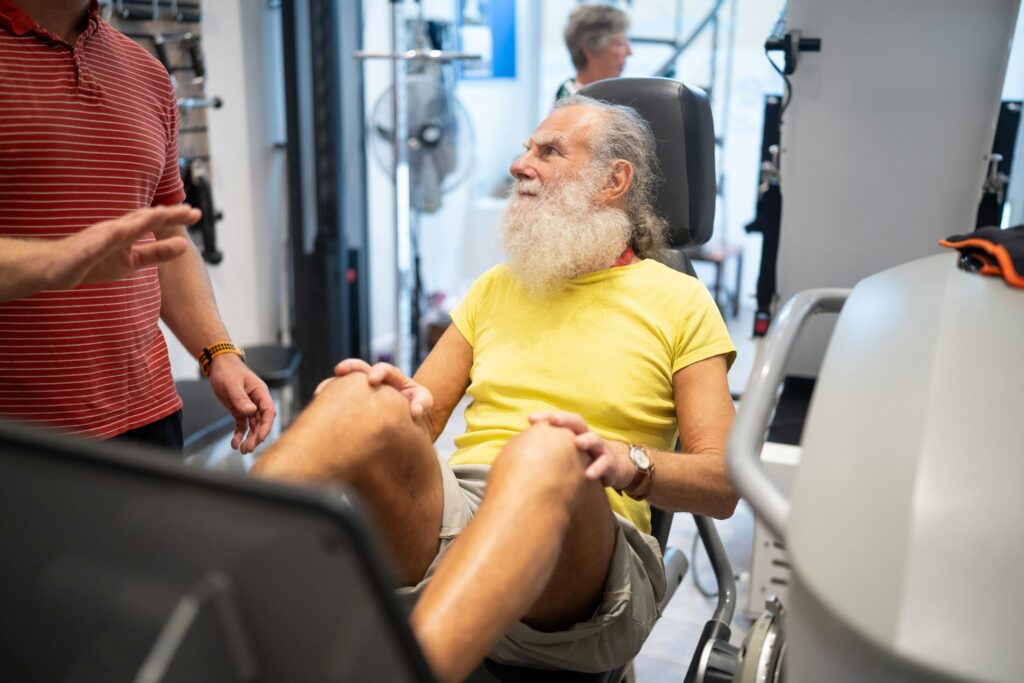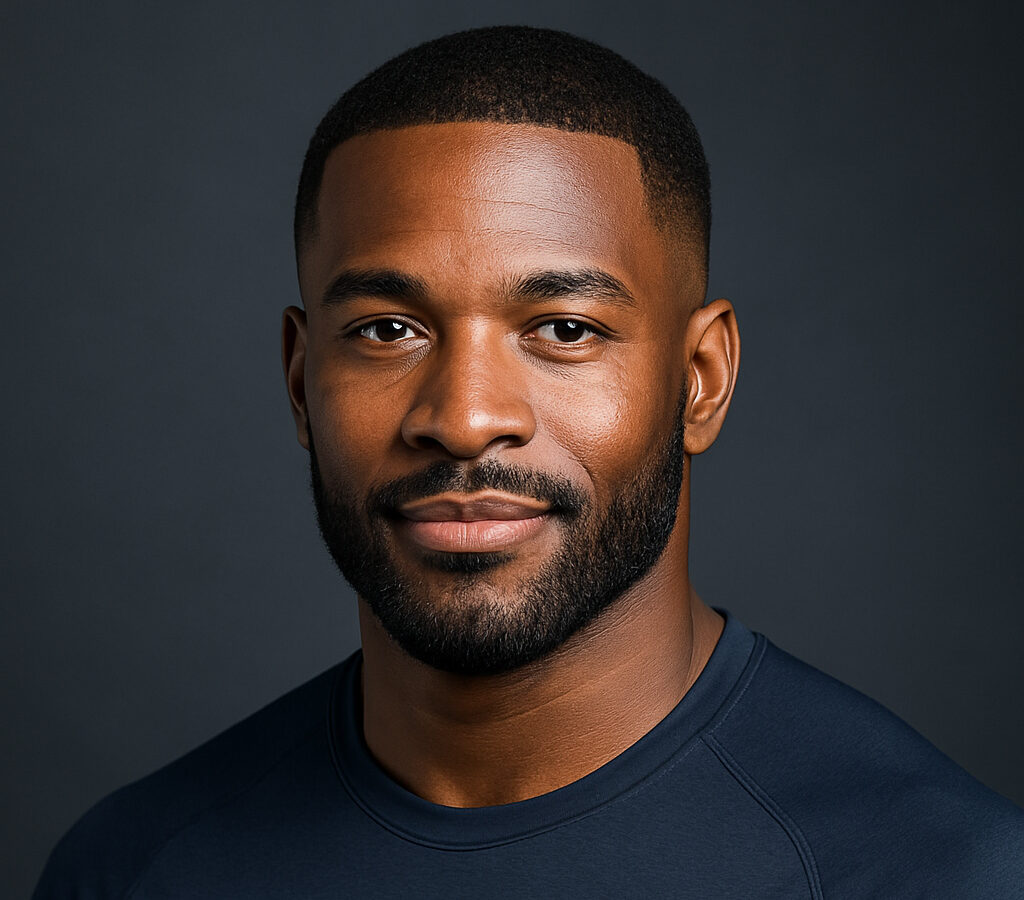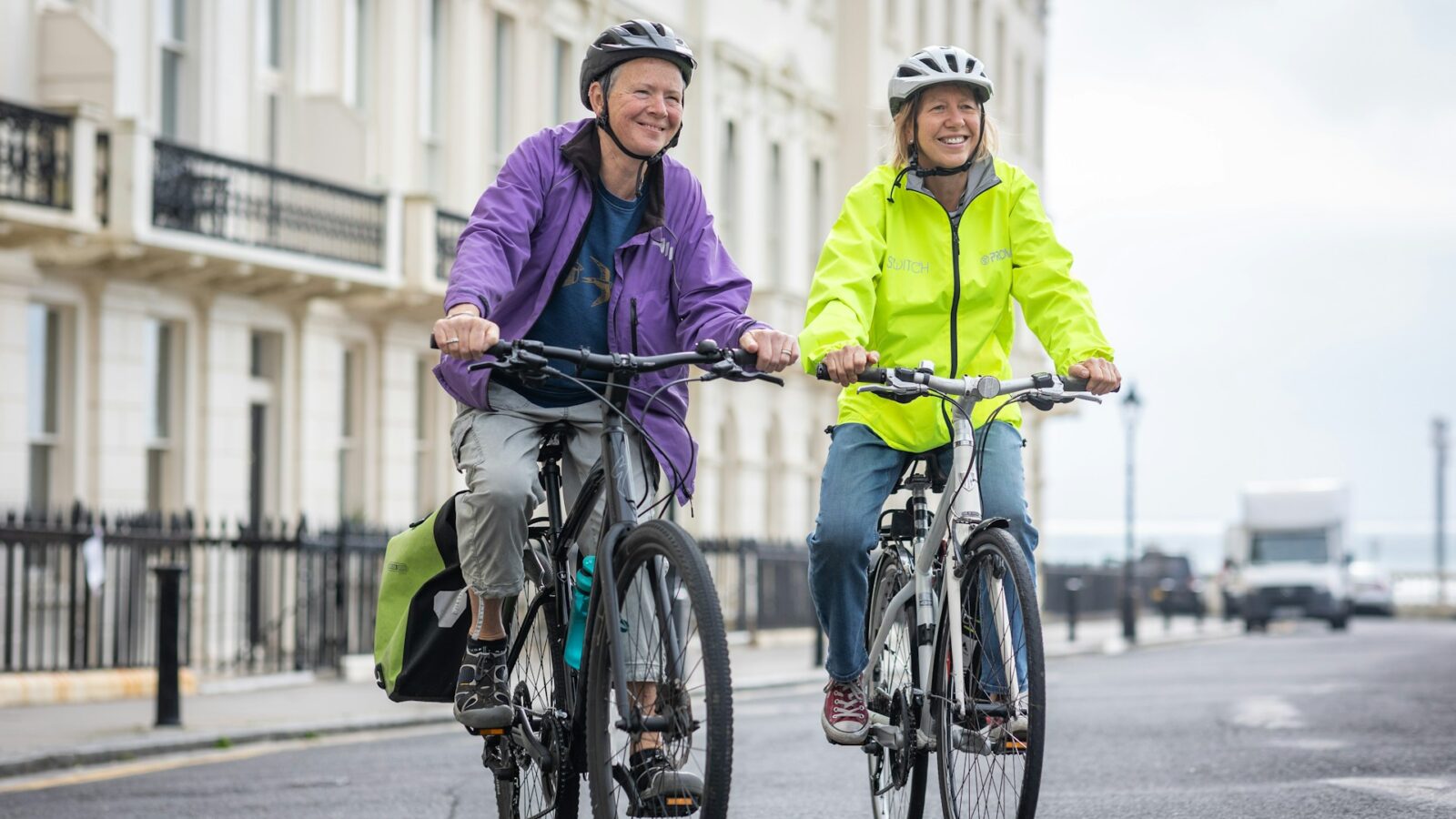There’s a common misconception that fitness after 50 means slowing down. I don’t agree with that. Not because I expect you to train like you’re 25, but because I’ve seen what happens when someone who’s been out of the game starts moving again. Strength returns. Energy builds. Confidence grows. The body remembers—if you’re willing to meet it halfway. I’ve personally witnessed how strong, capable, and resilient the body can remain at any age, provided you’re moving regularly and putting in effort that respects where your body is today.
What shifts as we age isn’t just our need for movement, but how we approach it. Smart and structured training becomes even more crucial, as does consistency. And here’s the good news: you don’t need to overhaul your life or spend endless hours in the gym to make meaningful progress.
This is for you—whether you’re starting fresh, picking things back up, or simply looking for a smarter way forward. Strength isn’t reserved for the young. It’s available to anyone willing to show up and move with purpose.
Here are five practical, sustainable strategies for building strength and promoting longevity after 50.
Combine Strength and Endurance Training
A 2022 study published in the International Journal of Epidemiology found that adults aged 50 to 71 who engaged in any weight training had a 6% lower risk of death from any cause compared to those who didn’t. When aerobic exercise was added, the health benefits increased even more. That’s a strong reason to include both strength and endurance in your routine.
So, you don’t need to choose between lifting weights or taking walks. Your body benefits from regularly doing both. Strength training helps preserve muscle, protect joints, and maintain bone density, while endurance activities like brisk walking improve heart health and energy levels.

Here’s a simple weekly plan:
- 2 to 3 strength sessions (bodyweight or resistance exercises)
- 2 to 3 cardio sessions (walking, biking, swimming)
Including both types of training is key. You want strength and mobility along with capability and energy.
If you’re unsure how to structure both types of training around your schedule, Bod.Coach can help simplify it—offering workouts tailored to your goals and time constraints.
Make Exercise a Weekly Priority
Consistency beats intensity every time. You don’t need to push yourself to exhaustion every session; what’s essential is a regular commitment.
Treat your workouts like any other important appointment. Schedule specific days and times, and build a realistic plan around your life. Bod.Coach can help here—sending timely nudges and helping you keep those workout appointments you’ve set with yourself.
If you manage to walk, do some gentle strength work like chair stands or wall pushups, and move intentionally two to four times each week, you’re already doing more than most. Keep showing up and the results will follow.
Train Your Balance and Stability Regularly
Many people neglect balance training until stability starts to decline, which makes it much harder to regain.
Improving balance doesn’t mean complicated exercises. It can be as straightforward as:
- Gentle single-leg exercises, like supported step-ups or seated leg lifts
- Core work such as modified planks, light carries, or even seated torso rotations
- Coordination activities, such as slow marches or lateral movements
Regular balance work keeps your joints healthy, movements controlled, and boosts confidence in daily activities. Think of it as preventive maintenance against falls and injuries.
Prioritize Recovery
Adults over 50 often neglect recovery, not because of laziness, but because they underestimate its importance. Recovery is as crucial as the workout itself.
Your body requires time and care to adapt to training. Effective recovery includes:
- Prioritizing sleep (your most powerful recovery tool)
- Gentle activities on non-training days
- Actively managing stress
- Staying properly hydrated and eating healthy whole foods
Recovery doesn’t mean stopping—it means supporting. It’s how you create the space for your strength to show up again tomorrow.
Start Where You Are and Stay Consistent
You don’t need the perfect plan to get started, nor do you need to already be fit to begin. Simply take the first step, and then another.
Whether returning from injury, restarting after a break, or beginning from scratch, the goal is the same: train to enhance your life.
Remember:
- Don’t chase perfection
- Don’t get discouraged by slow progress
- Stay consistent and adjust as needed
Fitness isn’t a quick sprint; it’s a lifelong journey. The longer you stick with it, the greater the rewards.
If you’re looking for a little structure to get started, Bod.Coach meets you where you are and adapts as you go.
One Last Word from Coach T
Getting fit after 50 isn’t about dialing things back, it’s about training smarter. Focus on what truly matters, move with purpose, recover thoughtfully, and train in a way that lets you live fully, not cautiously.
Need structure and accountability? That’s exactly why I’m here.
Sign up today and let me help you take that first step—I’ll be right here, building strength with you every step of the way.
Build a routine that fits your life.
Start your personalized fitness journey with Bod.Coach today.


